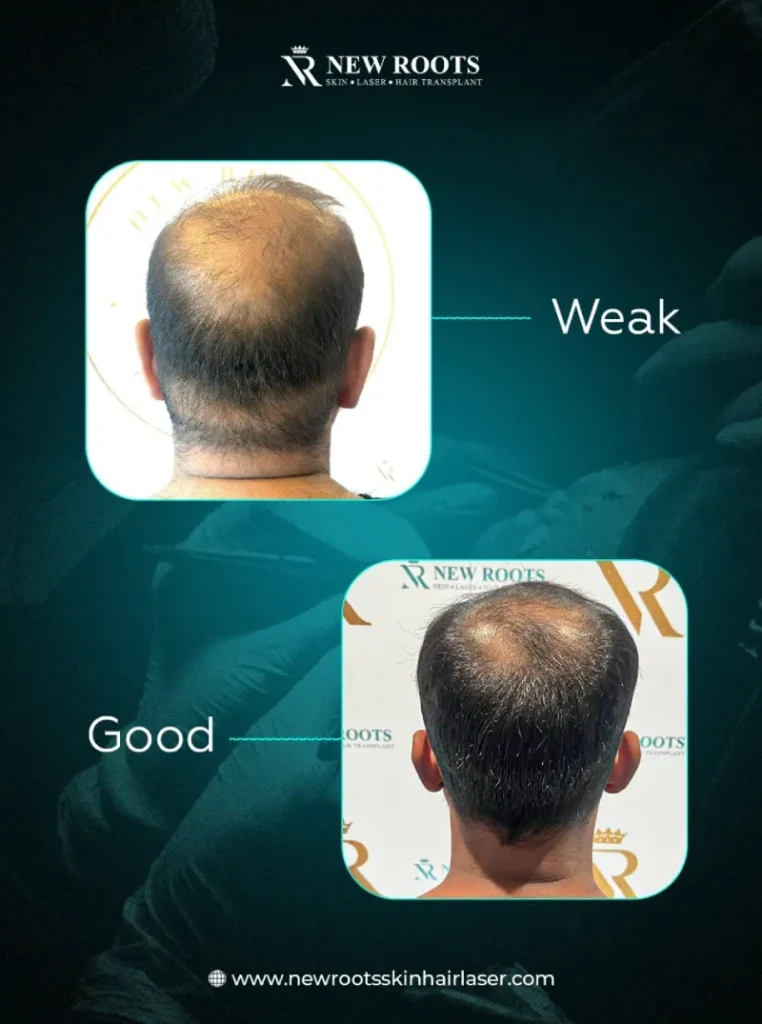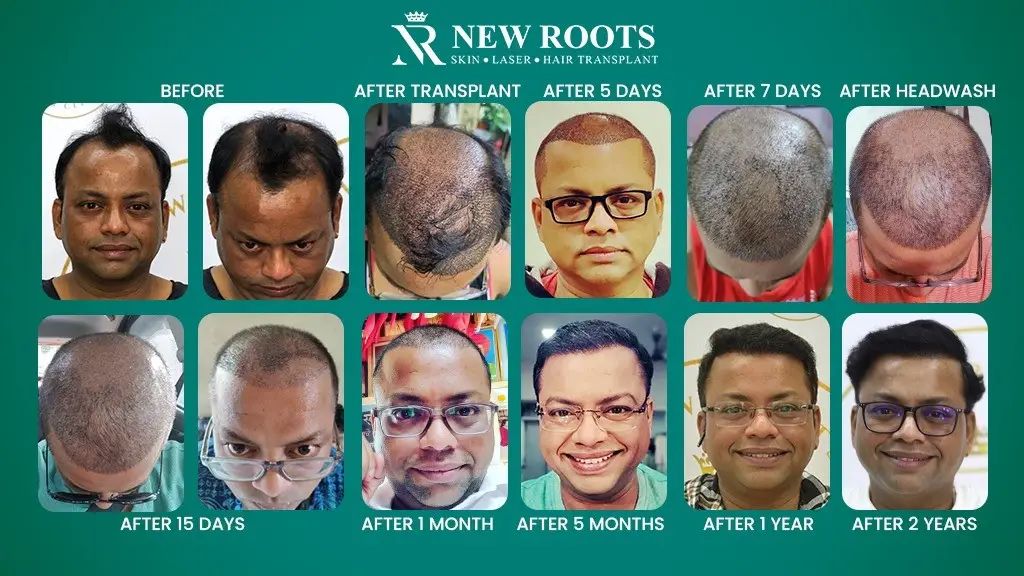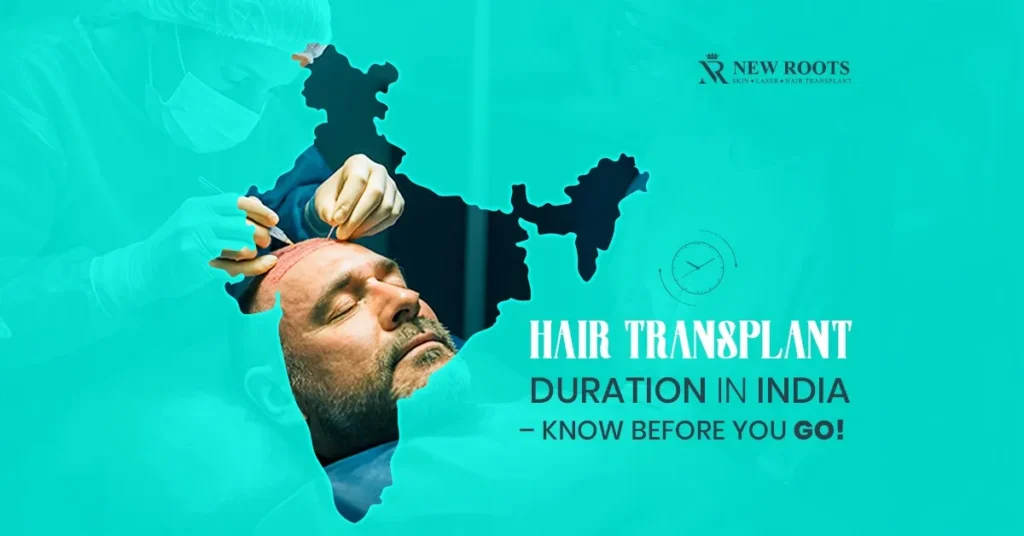Any person interested in hair transplant surgery needs to know the time he or she will undergo the procedure.
This article looks at the duration of hair transplant surgery, which includes each of the activities from consultation to follow-up after the surgery.
We will discuss what patients should expect during the surgery, what determines the duration of Hair Transplant Surgery, and what they should expect in terms of hair growth after the hair transplant surgery.
If you persevere to the end of this piece, you will be well-armed with the right expectations that are required before one can undergo hair transplantation to gain natural hair again.
Introduction
The Duration of Hair Transplant Surgery is essential to everybody who is considering getting a permanent cure for thinning hair.
Hair transplantation is a sensitive medical surgical procedure that is supposed to transfer hair follicles in this kind of way that they appear natural.
Just understanding these statistics can provide an extended manner to handling expectations approximately when they happen and the details involved.
Table of Contents
Exploring the Duration of Hair Transplant Surgery
We are aware that the hair transplant technique can usually take between four and six hours, depending on whether follicular unit transplantation or follicular unit extraction is used and the number of hair grafts desired.
This time includes other actions taken before the surgical procedure, including a scalp review and blood examinations, to protect and boost the system’s effectiveness.
Hair transplant surgery consists of several stages:
- Consultation: Announcements of results of interviews, consultations, and testing.
- Anesthesia Administration: Ensuring patient comfort.
- Graft Harvesting: Surgical removal of hair-bearing skin from donor locations.
- Graft Placement: The implants are placed in the recipient sites.
What You Should Expect During the Hair Transplant Procedure
Before having a treatment, you must express all your wants and fears to the surgeon you are going to work with.
The patients will be enlightened on the number of months that they are likely to have hair regrowth after surgery.
For surgery, local anesthesia will be given on the day of the operation to reduce pain. Patients normally have mild pains that can often be eased by analgesics administered after surgery.
Expect the Following During the Surgery:
Harvesting Techniques: Techniques like follicular unit extraction or follicular unit transplantation influence the length of the surgery. FUE may be slower just because of the extent of the follicular extraction procedures.
Choosing Candidates and Requirements for a Doctor
Another critical thing about the surgery is the choice of the best dermatologist who will perform the surgery.
See to it that you get a dermatologist who has a diploma in hair replacement and who has been practicing hair transplantation.
They also should elaborate on the candidate profile to make sure that you are fit for the position. Typical requirements may include:
Healthy Hair: Thus, donor hair is sufficient for the transplant.
Thinning Hair Stage: It is most effective for people who are in the progressive stages of balding.

Surgical Techniques Explained
The choice of surgical method affects both the length of the hair transplant operation and the recovery period.
Follicular Unit Transplantation: This procedure requires the director to separate the strip of skin from the donor area to have multiple hair follicles.
This method normally takes longer to recover during the initial time, especially depending on the area that has been excised.
Follicular Unit Extraction: This is less traumatic and involves the transfer of single hair follicles and normally results in speedy recovery.
The decision of which of these techniques to undertake should be made in the course of consultation.
Consultation with Patients Before Their Operation
Some of the scalp tests include general scalp examination, blood tests before the operation, and may include scalp biopsy.
These steps include checking the conditions of the scalps and performing blood tests to determine whether the patient is fit for surgery.
Follow-up visits are useful for assessing hair growth rates and defining the procedure’s effectiveness compared to the patient’s expectations.
Rehabilitation and the Process of Retaining the Achievements
As with most of the surgeries, adequate care after surgery is important in the healing process and a desirable outcome. This includes:
Medication for Hair Loss: We found that finasteride and minoxidil can improve results.
Scalp Care: Low-impact cleaning and sun care.
Hydration: Dehydration is not good for the body, and sustaining drinking water during treatment promotes healing.
By setting appointments with your hairdresser, you are in a position to readjust and further assess the amount of hair growth.
New Roots: An Advanced Skin, Laser & Hair Transplant Clinic
New Roots is a well-known clinic in the hair restoration niche with modern equipment and professional surgeons.
Their strategy relies on personalized focusing on their treatment plans, based on the specific characteristics of each client’s balding cycle.
They employ complex surgical procedures to perform hair transplantation and offer long-term complimentary consultations, which makes them among the best suited to offer a hair transplant solution.
Hair Growth Timeline Post Surgery
Postoperative growth can take time and is often broken down into phases:
Weeks 1-2: Initial healing, Discomfort, inflammation, and possible moderate bleeding or bruising should be expected during or after treatment, along with temporary hair loss.
Month 1: It can be quite discouraging for patients who may experience uneven growth, with some follicles resting while others flower.
Months 4-6: Thicker Hair is seen as several follicles increasing with maturity. At this stage, patients are supposed to follow certain lifestyle practices to encourage growth.

Conclusion
Duration of Hair Transplant Surgery, The time it takes to undergo hair transplant surgery and the time required for post-surgery recovery are very basic knowledge one should possess as one seeks the services of hair transplant surgery.
Patients who seek this treatment should be willing to undergo many consultations, follow the recommended pre-surgery procedures, and remember that hair grows progressively.
Today, there are specialized clinics such as New Roots Doctor through which such results can be achieved efficiently.
Q&A ASK
External factors, such as the chosen technique, the number of hair grafts to be transplanted, the character of surgery, and the experience of a doctor, can affect the duration of the surgery. All these components are useful in their own way.
The time it takes to get better after surgery is different, but normally it takes 7–14 days after surgery to start healing. Following aftercare is critical during this period, bearing in mind that a treatment is not complete once the applicator removes the substance from the skin. The hair growth follicle may take up to one year to develop to its full maturity.
The majority of patients expect to have at least 2 to 7 days of sick leave post-surgery. This creates time for it to heal and also removes any sign of the scalp treatment like inflammation, redness, or other signs of surgery.
Patients complain of such symptoms as erythema, edema, and mild tenderness in the donor and recipient sites during the first two weeks after the operation. Newly transplanted hair tends to fall off; this is called shock loss, and this should normalize shortly after transplantation.
Indeed, various approaches do impact the extent of the surgery time. FUE is usually slower than FUT, especially because it involves the removal of individual follicles, not a strip of hair. This affects the rate of initial healing and the final hair regrowth results.
This normally develops in the course of the third or fourth month after surgery has been carried out. First, hair will begin to come out as soft and thin hair. Generally, by 6 to 12 months, hair grows thicker and regrows, making it easy to blend with natural hair.





